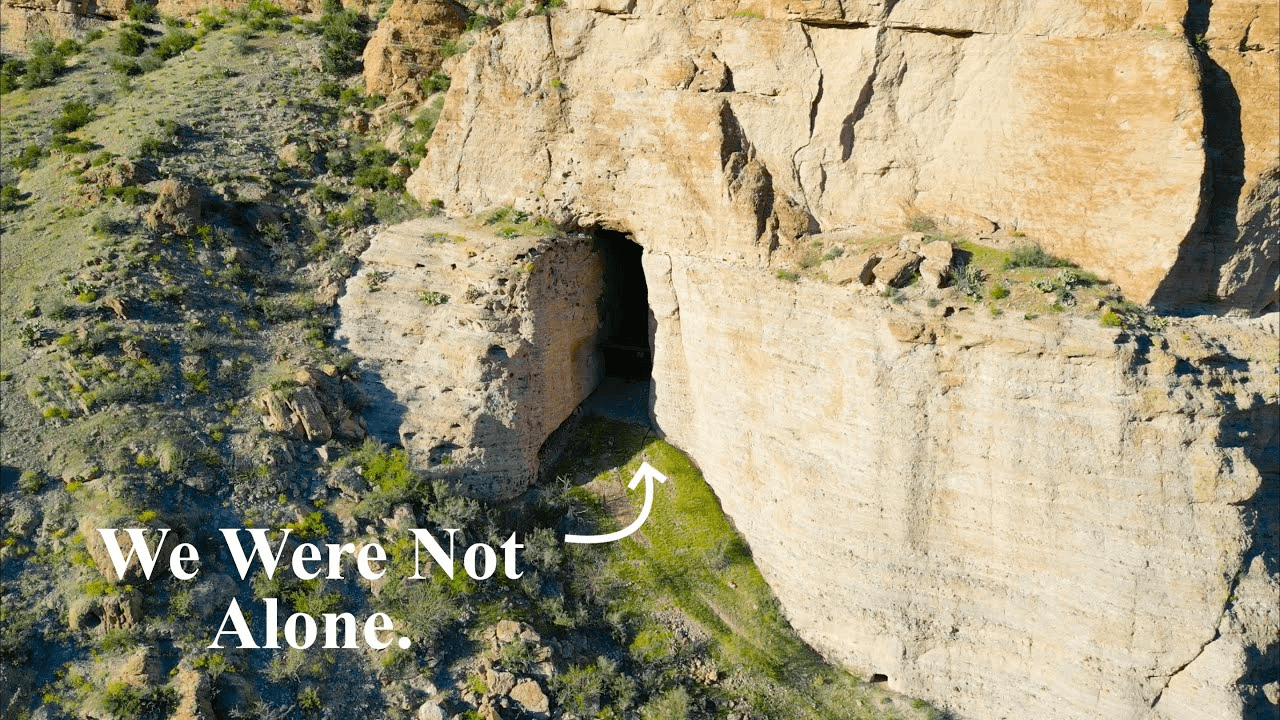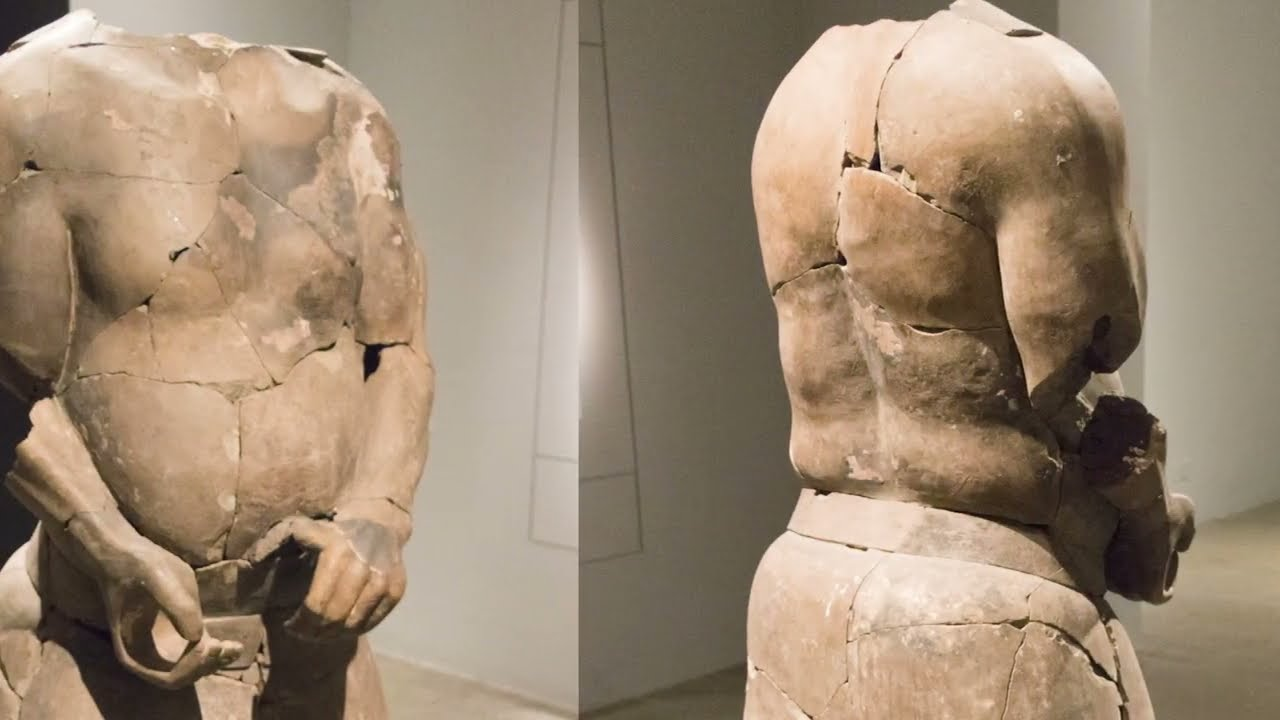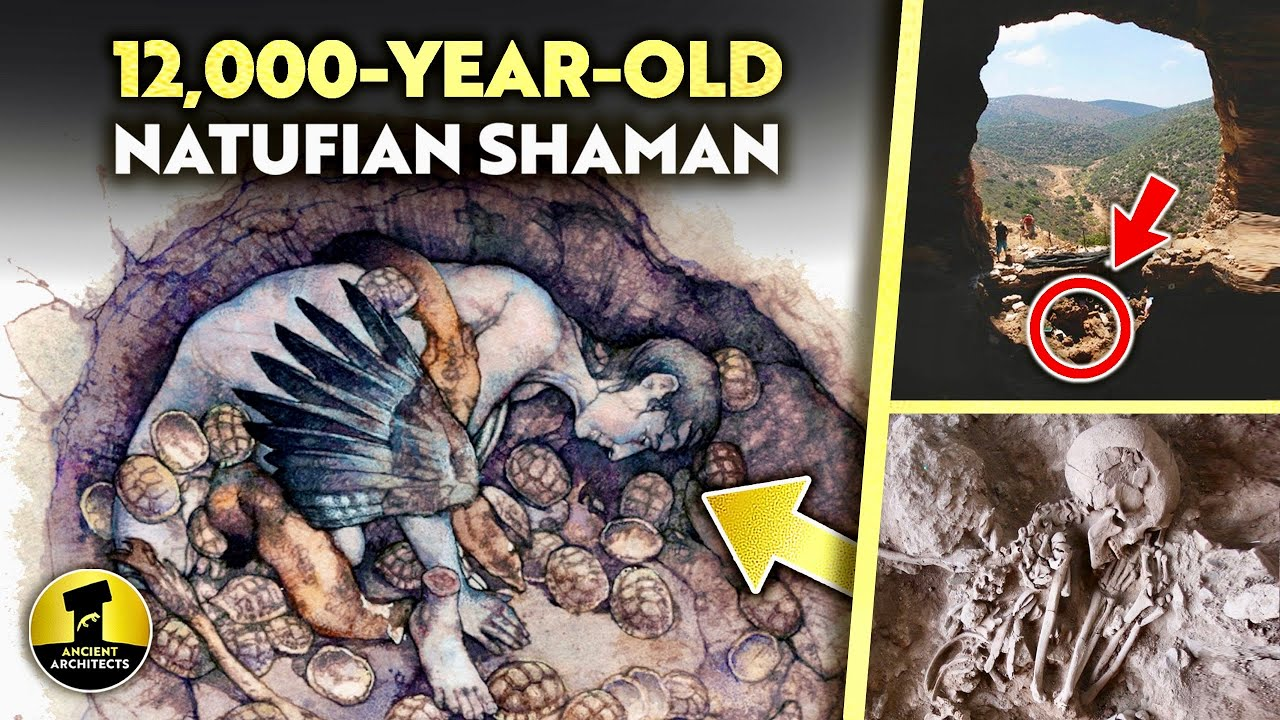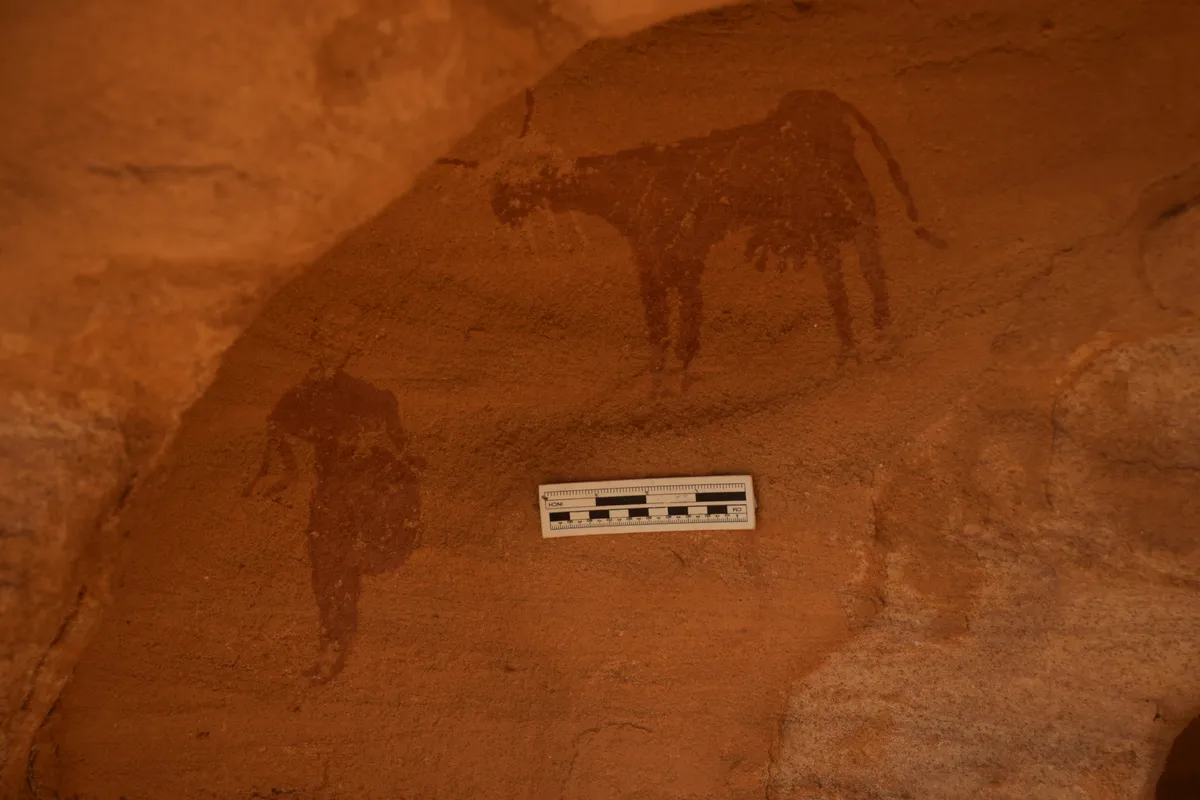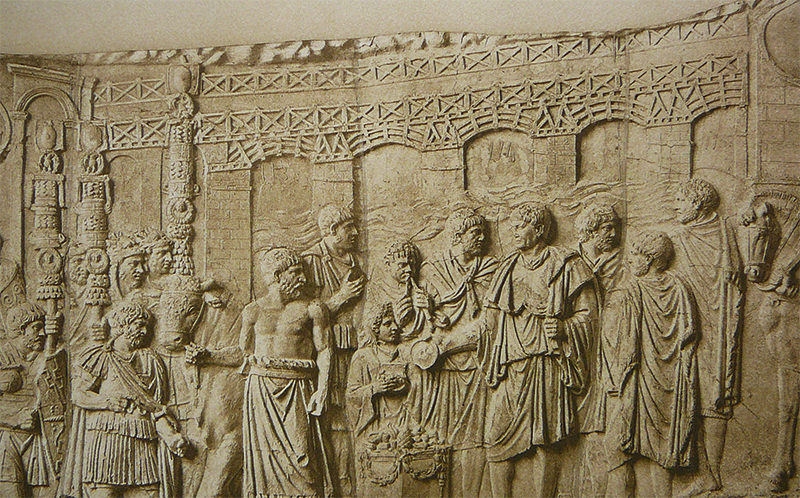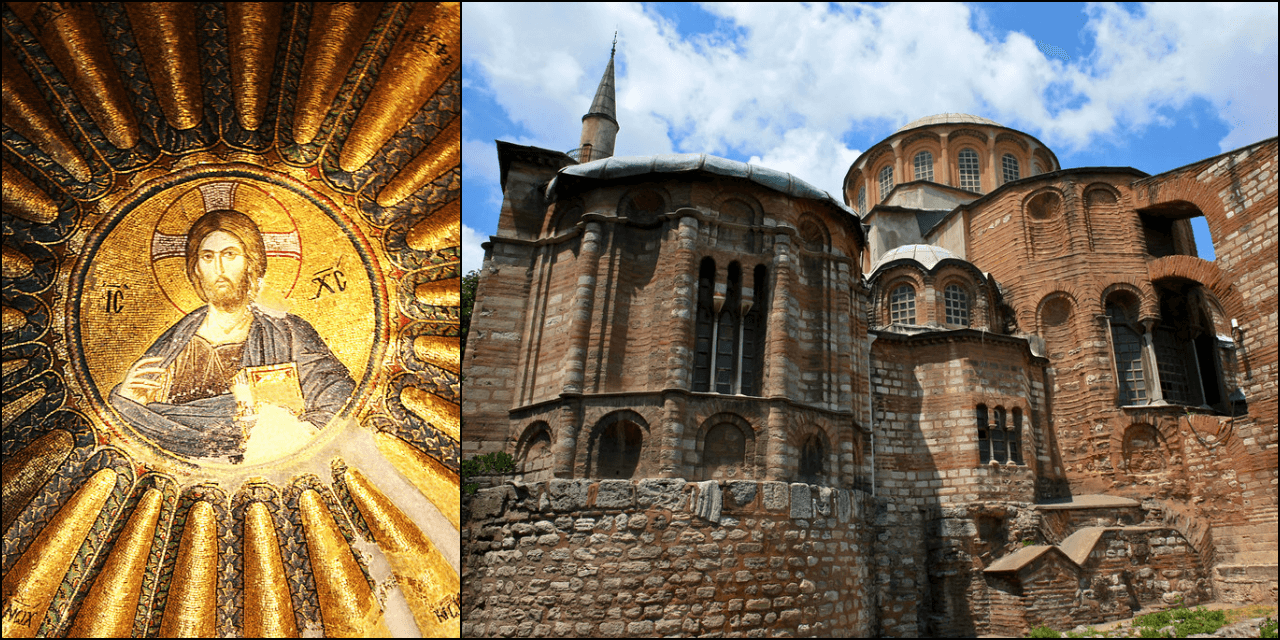The Garden of Eden, a mystical paradise depicted in the sacred texts of Christianity and Judaism, has long captured the human imagination. But amidst the allegorical richness of its narrative, one question persists: Could the Garden of Eden have been based on a real geographical location?
Let's embark on a journey of exploration, balancing the realms of myth and reason to uncover clues about the possible whereabouts of this ancient garden.
Deciphering Genesis: A Tale of Rivers and Lands
In the Book of Genesis, the Garden of Eden is described as a lush haven where the first humans, Adam and Eve, resided in blissful harmony with nature. Genesis 2:10–14 (And a river went out of Eden to water the garden; and from thence it was parted, and became into four heads. The name of the first is Pison: that is it which compasseth the whole land of Havilah, where there is gold; and the gold of that land is good: there is bdellium and the onyx stone. And the name of the second river is Gihon: the same is it that compasseth the whole land of Ethiopia. And the name of the third river is Hiddekel: that is it which goeth toward the east of Assyria. And the fourth river is Euphrates.) provides a tantalizing glimpse into its geography, mentioning four rivers: the Pishon, Gihon, Tigris, and Euphrates.
While the Tigris and Euphrates are identifiable today, coursing through modern-day Turkey, Syria, and Iraq before converging in the Persian Gulf, the identities of the Pishon and Gihon remain shrouded in mystery. Speculations abound, with interpretations ranging from the Ganges in India to the Nile in Egypt. Yet, the vast geographical disparity challenges these conjectures, as noted by theologians across the ages.
John Calvin, a prominent figure in the Protestant Reformation, dismissed such far-reaching hypotheses, emphasizing the improbability of a single location spanning from Asia to Europe. Despite the ambiguity surrounding the Pishon and Gihon, the mention of the Tigris and Euphrates suggests a nexus in the region where these rivers converge near the Persian Gulf.
Tracing Footsteps: A Quest for Historical Context
In the realm of historical geography, the convergence of the Tigris and Euphrates near the modern-day Iran-Iraq border beckons attention. Here, the Shatt Al-Arab river emerges, marking the confluence of ancient waterways and serving as a tangible link to the biblical narrative.
The presence of verdant landscapes and abundant water sources in this region aligns with the imagery of Eden, fueling speculation about its proximity to the cradle of civilization in Mesopotamia. As archaeological discoveries continue to shed light on ancient civilizations flourishing along these riverbanks, the allure of this locale as a potential Edenic site gains traction.
African Origins: In Search of Scientific Insights
Venturing beyond the confines of religious tradition, scientific inquiry offers an alternative perspective on the origins of humanity. Africa, often heralded as the cradle of humankind, beckons us to explore its fertile landscapes and delve into the annals of prehistory.
In South Africa, nestled amidst the craggy terrain northwest of Johannesburg, lies the Cradle of Humankind. This UNESCO World Heritage Site boasts an unparalleled treasure trove of human ancestral remains, dating back millions of years. From the enigmatic Australopithecus to the dawn of modern Homo sapiens, Africa stands as a testament to the evolutionary journey of our species.
The emergence of Homo sapiens, believed to have occurred in regions like modern-day Ethiopia, underscores Africa's pivotal role in shaping human history. As we contemplate the possibility of a scientific Garden of Eden, the African continent emerges as a compelling contender, resonating with the ancient origins of our species.
Beyond Boundaries: A Tapestry of Interpretations
In our quest to unravel the mystery of the Garden of Eden, we encounter a tapestry of interpretations woven from the threads of myth, history, and science. While the biblical narrative offers tantalizing clues, the elusive nature of Eden transcends mere cartography, inviting us to explore realms both tangible and metaphysical.
Whether nestled amidst the fertile plains of Mesopotamia or enshrined within the craggy landscapes of Africa, the Garden of Eden endures as a symbol of primordial innocence and the eternal quest for paradise. As we navigate the labyrinthine corridors of human imagination, one thing remains certain: the allure of Eden persists, beckoning us to embark on an odyssey of discovery, both inward and outward.

